| Latin Name | Observation date | Location |
|---|---|---|
| Amathusia phidippus | January 13 2025 | Buket Alue Puteh, Aceh, Indonesia |
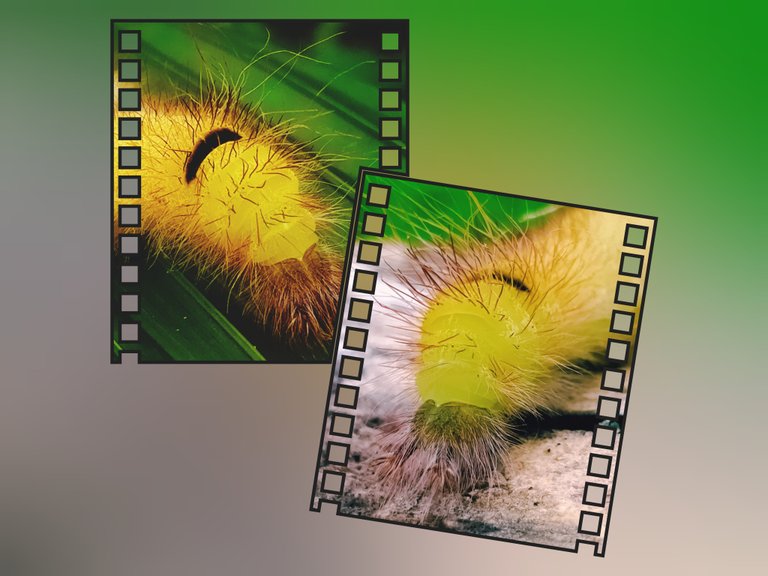
Amathusia phidippus, better known as the teak wood caterpillar or bush caterpillar, is a species from the Nymphalidae family which is often found in the tropical forests of Southeast Asia. This caterpillar has very interesting characteristics both in terms of appearance and behavior and has become an object of interest. It really attracts the attention of entomologists and nature lovers.
Amathusia phidippus caterpillars have a densely hairy body with a yellowish green body color with a distinctive striped pattern. These hairs not only provide protection from predators but also contain slightly toxic chemicals. Even though these caterpillars look dangerous, they are more vulnerable. against large predators, one of the main reasons why these caterpillars are often found on teak trees (tectona grandis) is because teak leaves are one of their favorite foods, teak leaves contain rich nutrients which really support the growth of caterpillars, apart from that Large, shady teak trees also provide natural protection for caterpillars.
in the next stage this caterpillar will transform into a cocoon known as a pupa, and in the pupa phase this caterpillar will hide behind its protective blanket made of fine fibers that they produce themselves, the pupa phase is a very important time for the Amathusia caterpillar phidippus because it is in this cocoon that the caterpillar's body begins to change dramatically to become a beautiful butterfly, which is known as metamorphosis, which can take several weeks depending on environmental conditions and other factors such as temperature and humidity.
After metamorphosis, the Amathusia phidippus caterpillar will turn into a beautiful butterfly with golden brown wings decorated with a pattern resembling tree bark, this really allows adult Amathusia phidippus to camouflage well in the surrounding environment such as under a tree canopy, the beauty of their wings is resembling dry leaves gives them extraordinary protection from predators, as well as the ability to survive well in their natural habitat (I will share the Amathusia phidippus butterfly in the next post).
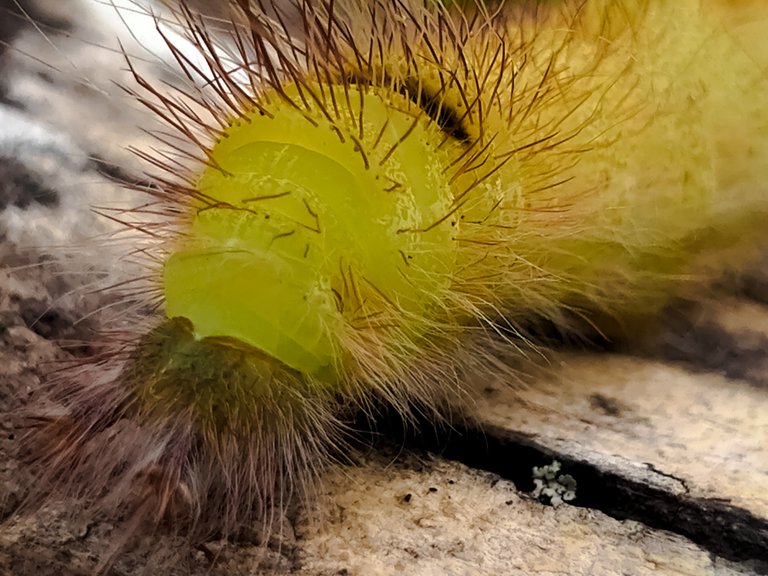
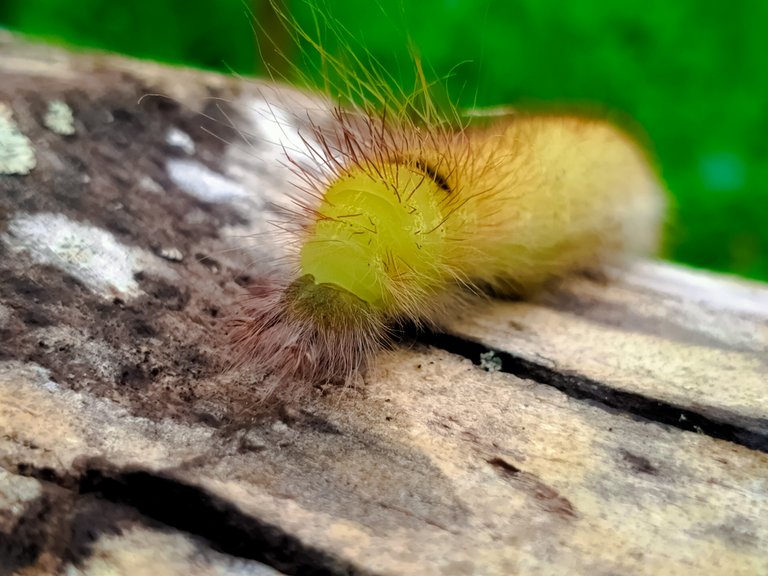
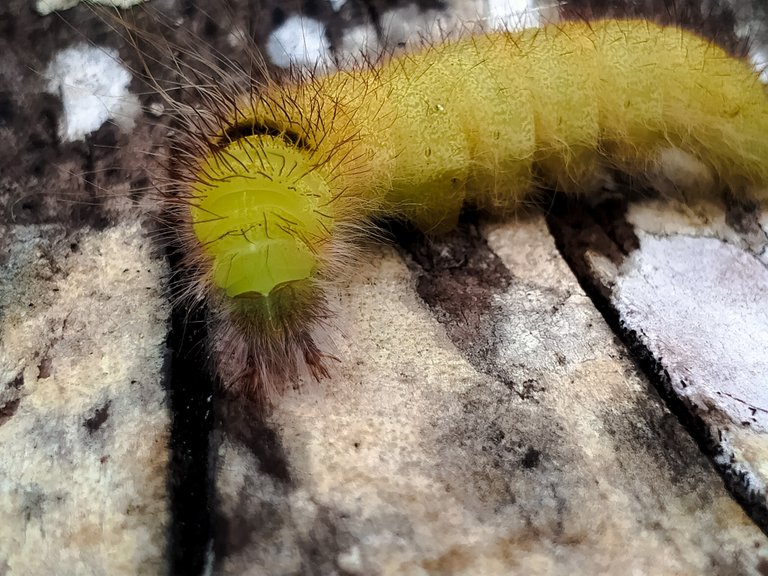
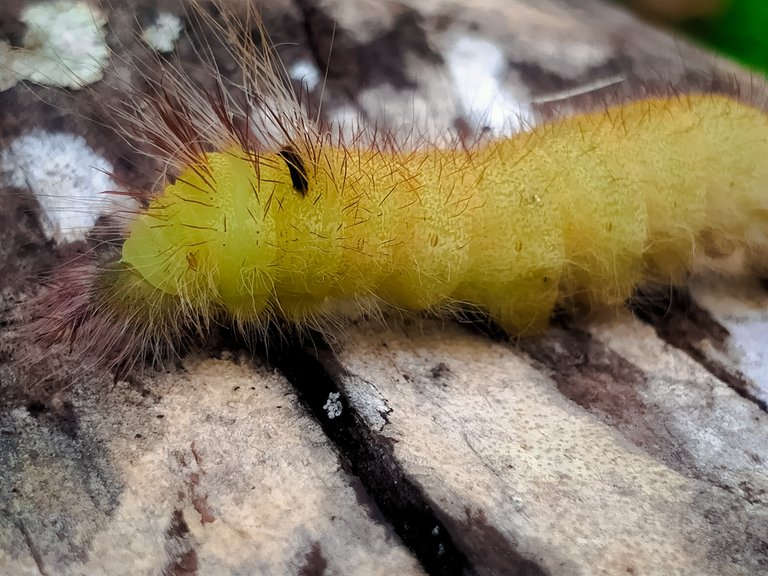

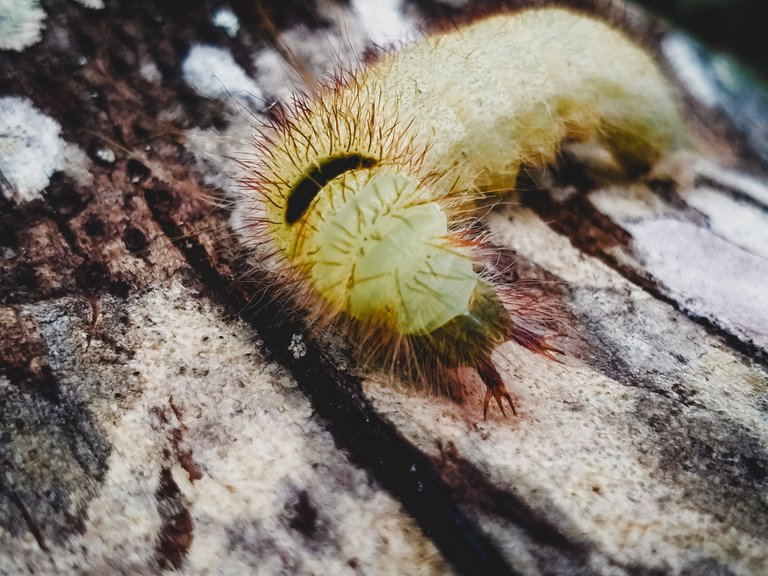
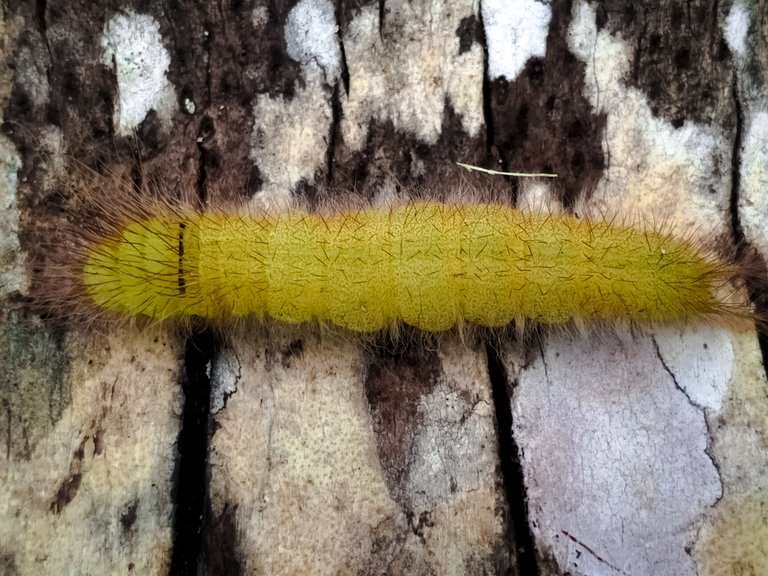
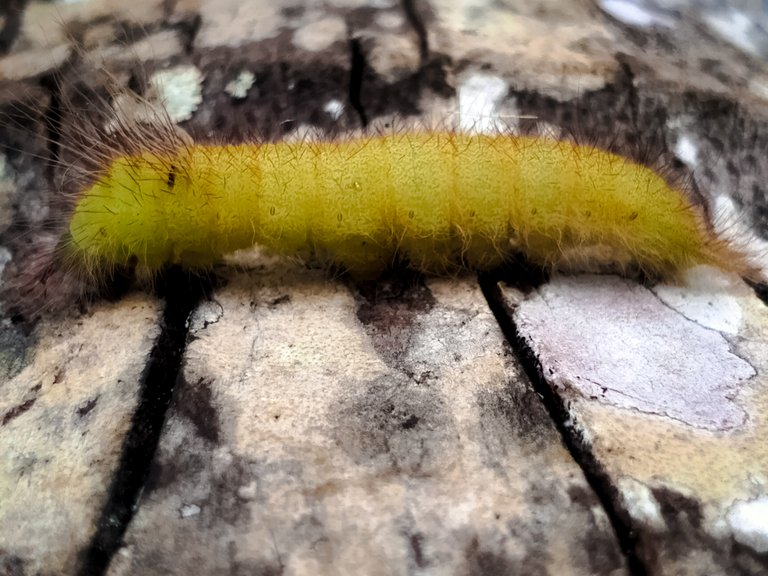
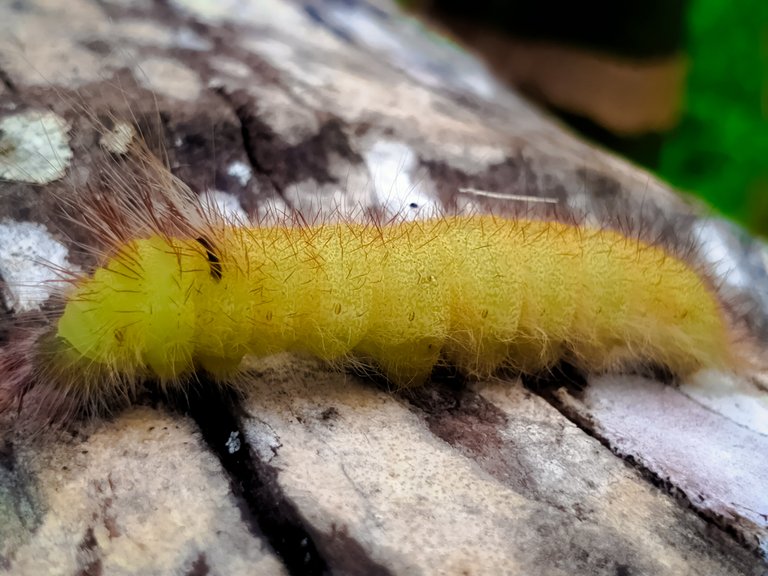
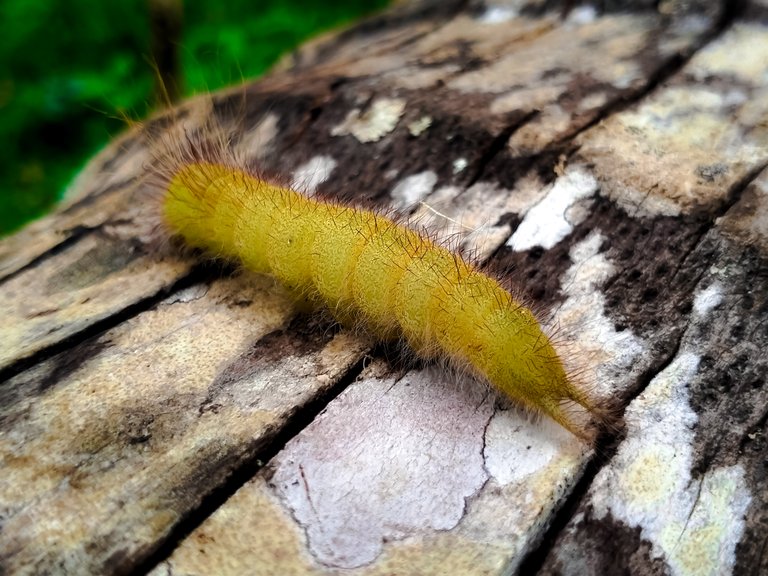
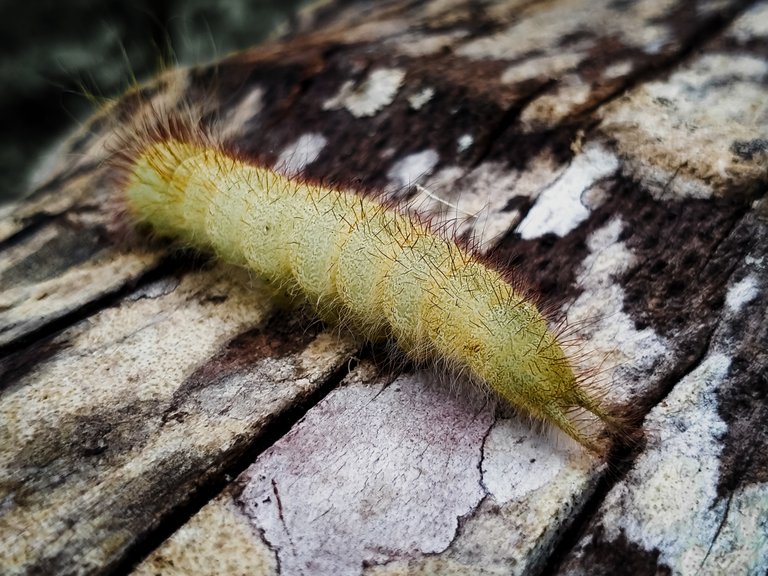
| Camera used | smartphone |
|---|---|
| Lens | - |
| Photography | Amathusia phidippus |
| Location | Buket Alue Puteh |
| Photographer | @lightofhope |
| Link to original | community |
|---|---|
| Link | https://www.inaturalist.org/observations/258449613 |
| Latitude Longitude | Map | |
|---|---|---|
| =5.080479 | =97.46383 | https://www.openstreetmap.org/?mlat=5.0804793232&mlon=97.4638302997 |
